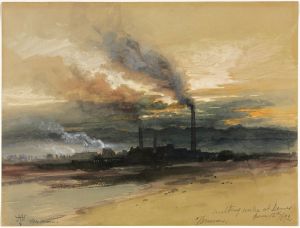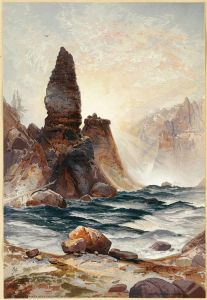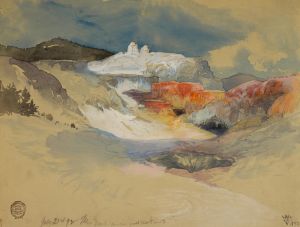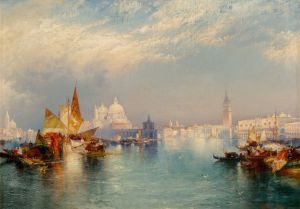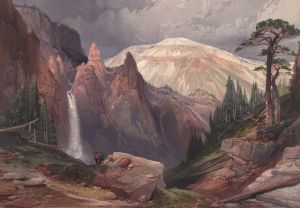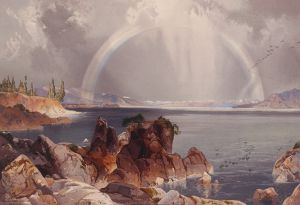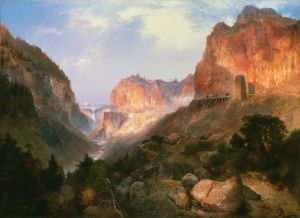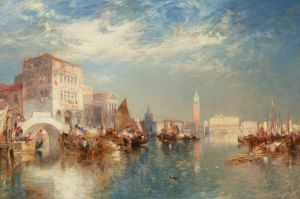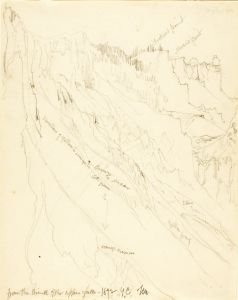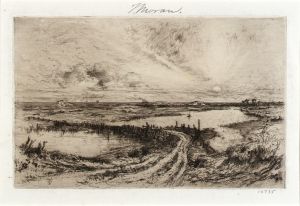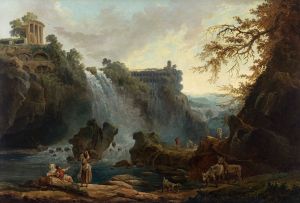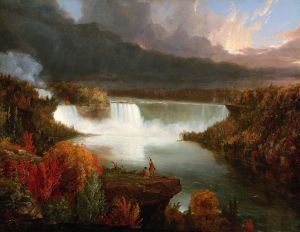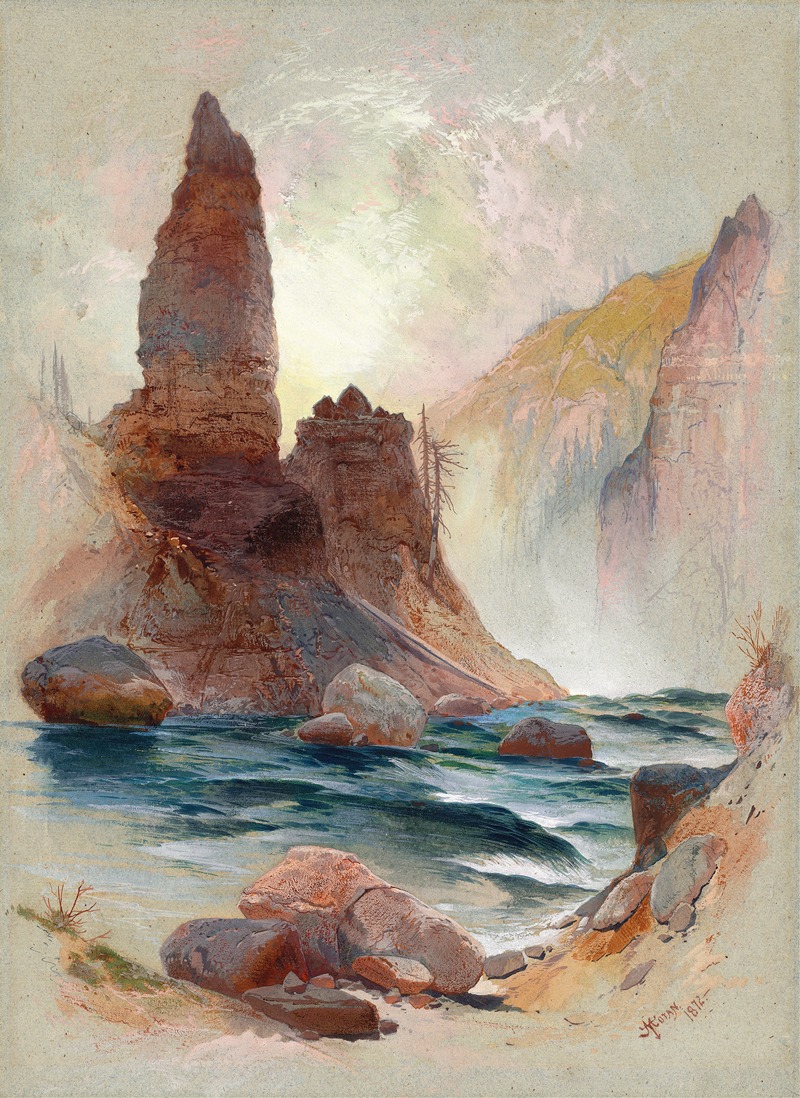
Tower at Tower Falls, Yellowstone
A hand-painted replica of Thomas Moran’s masterpiece Tower at Tower Falls, Yellowstone, meticulously crafted by professional artists to capture the true essence of the original. Each piece is created with museum-quality canvas and rare mineral pigments, carefully painted by experienced artists with delicate brushstrokes and rich, layered colors to perfectly recreate the texture of the original artwork. Unlike machine-printed reproductions, this hand-painted version brings the painting to life, infused with the artist’s emotions and skill in every stroke. Whether for personal collection or home decoration, it instantly elevates the artistic atmosphere of any space.
"Tower at Tower Falls, Yellowstone" is a painting by the American artist Thomas Moran, a prominent figure in the Hudson River School and Rocky Mountain School of landscape painting. Moran completed this work in 1875, capturing the dramatic natural beauty of Tower Falls, a waterfall located in Yellowstone National Park, Wyoming. The painting exemplifies Moran's ability to depict the grandeur and sublime qualities of the American West, which played a significant role in shaping public and governmental perceptions of the region during the 19th century.
Thomas Moran first visited Yellowstone in 1871 as part of the Hayden Geological Survey, an expedition led by Ferdinand V. Hayden to explore and document the Yellowstone region. Moran's sketches and paintings from this trip, including his depictions of Tower Falls, were instrumental in convincing the United States Congress to establish Yellowstone as the first national park in 1872. His artwork provided a visual representation of the area's unique landscapes, complementing the scientific findings of the survey and inspiring widespread appreciation for Yellowstone's natural wonders.
"Tower at Tower Falls, Yellowstone" showcases Moran's characteristic use of vivid colors, dramatic lighting, and meticulous attention to detail. The painting highlights the towering rock formations surrounding the waterfall, as well as the cascading water itself, which descends approximately 132 feet (40 meters) into a rugged canyon. Moran's artistic interpretation emphasizes the interplay between light and shadow, creating a sense of depth and majesty that captures the viewer's imagination.
The painting reflects Moran's Romantic vision of nature, which sought to evoke awe and reverence for the untamed wilderness of the American West. His work often blended realistic elements with imaginative embellishments, aiming to convey the emotional and spiritual impact of the landscapes he encountered. While "Tower at Tower Falls, Yellowstone" is rooted in Moran's firsthand observations, it also reflects his artistic sensibilities and the broader cultural context of 19th-century landscape painting.
Today, Thomas Moran's contributions to American art and conservation are widely recognized. His paintings, including "Tower at Tower Falls, Yellowstone," remain celebrated for their role in promoting the preservation of natural landscapes and their enduring influence on the depiction of the American West. The painting is part of the collection of the Gilcrease Museum in Tulsa, Oklahoma, which houses a significant number of Moran's works.





